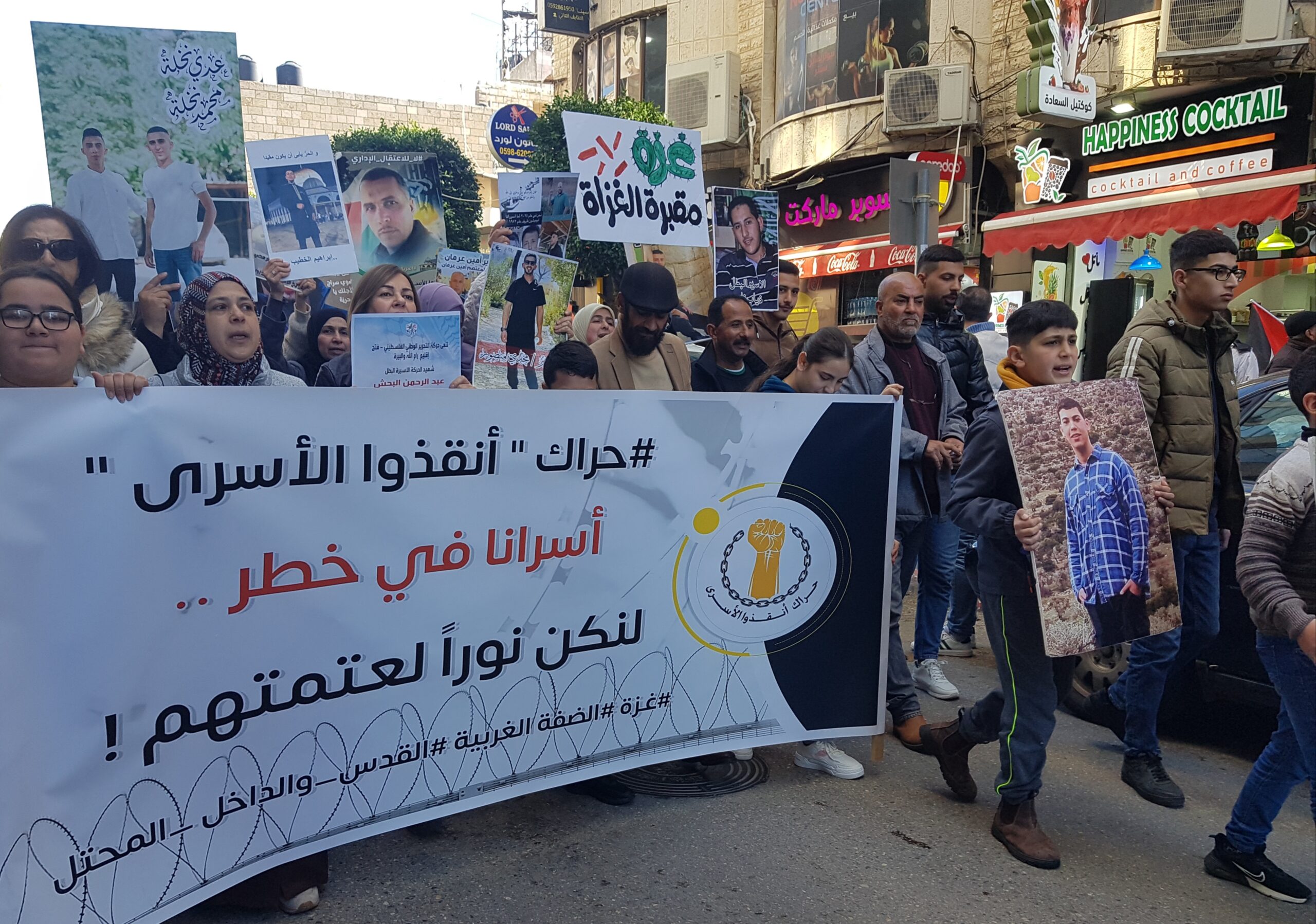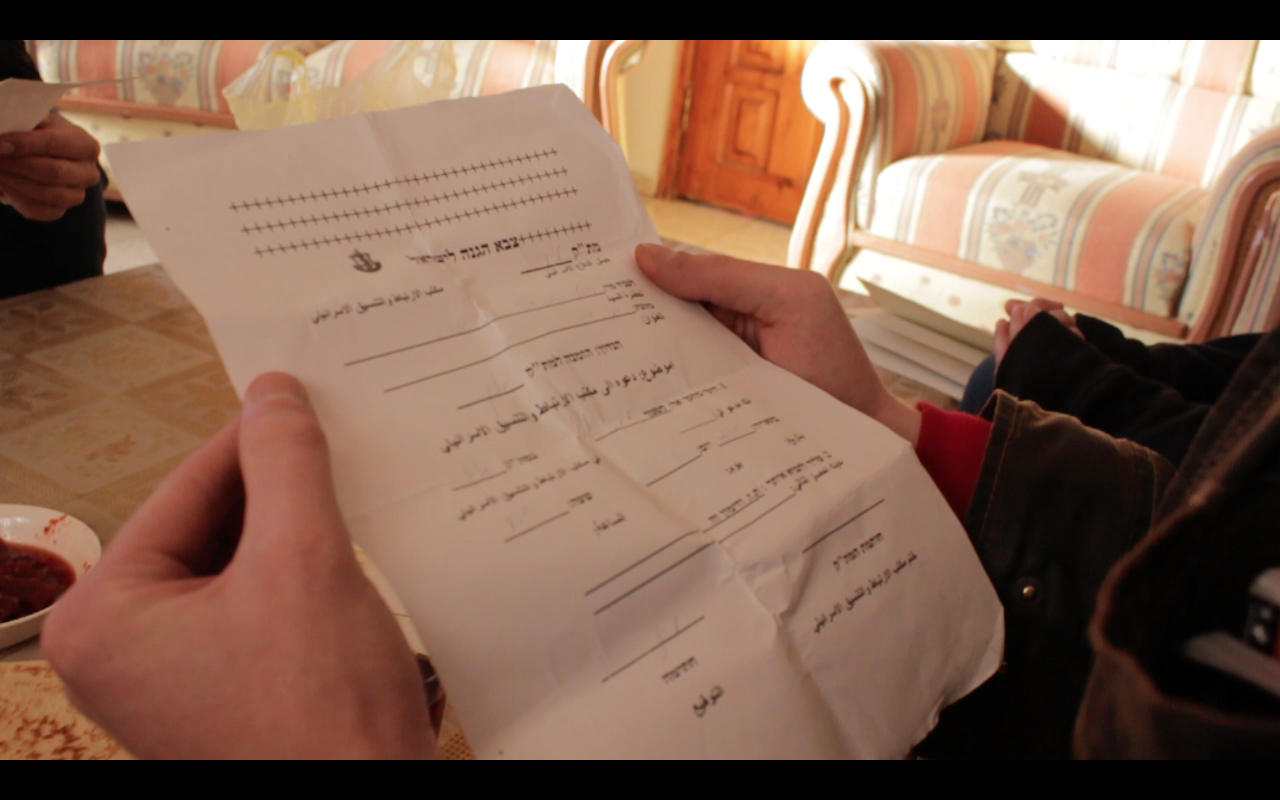Tag: Torture
-
Urgent Call from Palestinian Prisoner Families
The International Solidarity Movement (ISM) has been approached by the “Movement to Save the Prisoners” with an urgent request to highlight the current crisis faced by Palestinian prisoners in Israeli jails.
-
Imad Abu Shamsiya: A lifetime of resistance
1st May 2016 | International Solidarity Movement, al-Khalil Team | Hebron, occupied Palestine On the morning of the 24th of March around 8:30 am two Palestinian youths, Ramzi Aziz al-Qasrawi, 21, and Abed al-Fattah Yusri al-Sharif, also 21, were shot to death by Israeli forces after an alleged stabbing attempt in the Palestinian neighbourhood of…
-
“We will hit your wife, your daughter, and your kids”
22nd January 2015 | International Solidarity Movement, Khalil Team | Beit Ummar, Occupied Palestine Early Tuesday morning January 20, 2015 at 3:00 AM, Israeli occupation forces invaded the home of the Abu Maria family in the village of Beit Ummar. The occupation army used explosives to open the front door, surprising the sleeping family. This…


